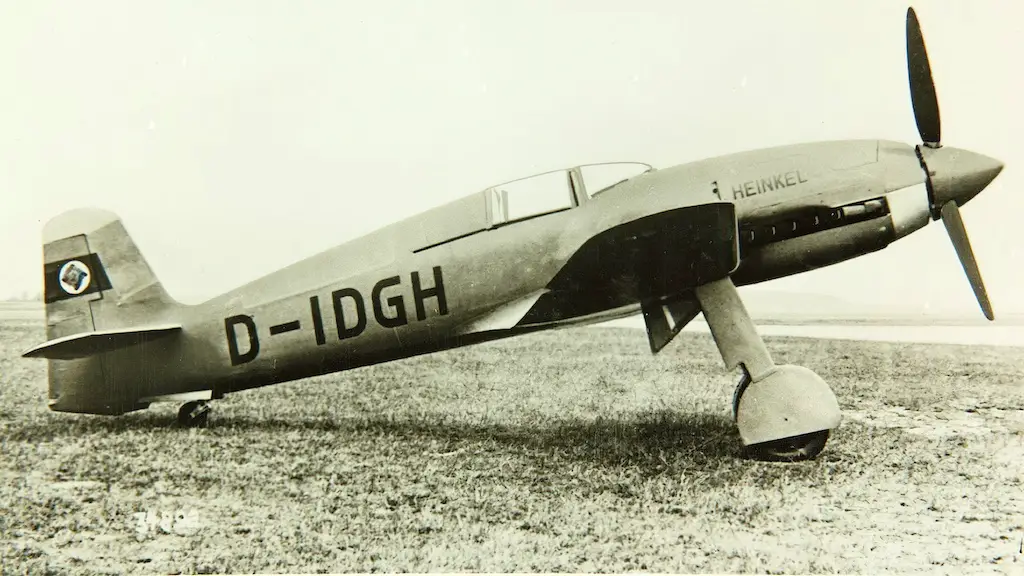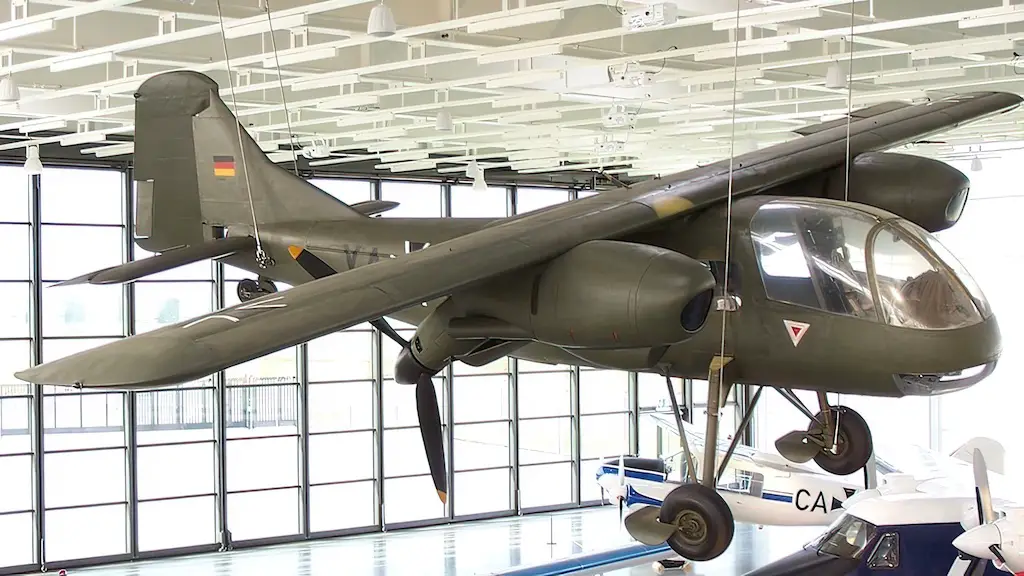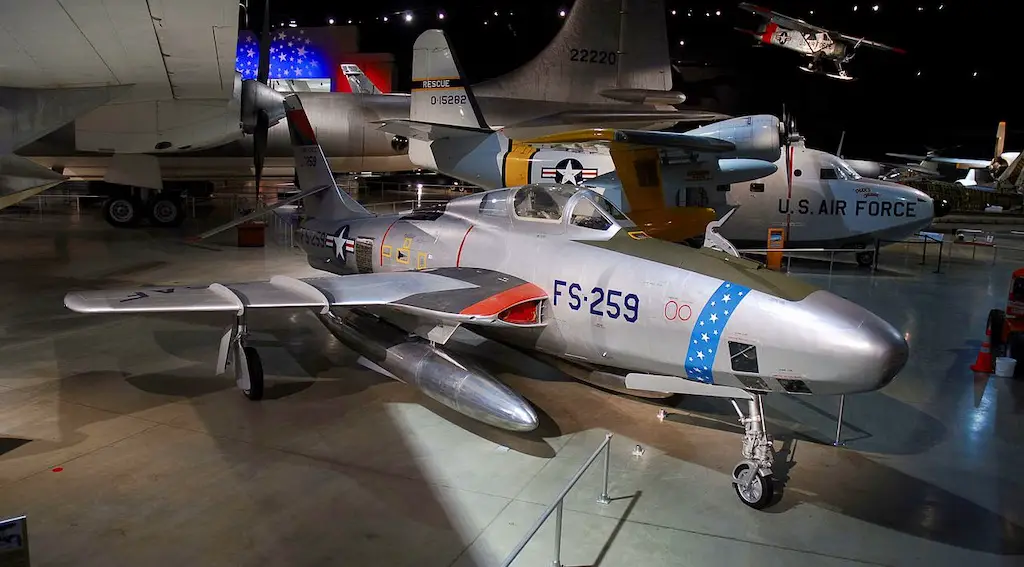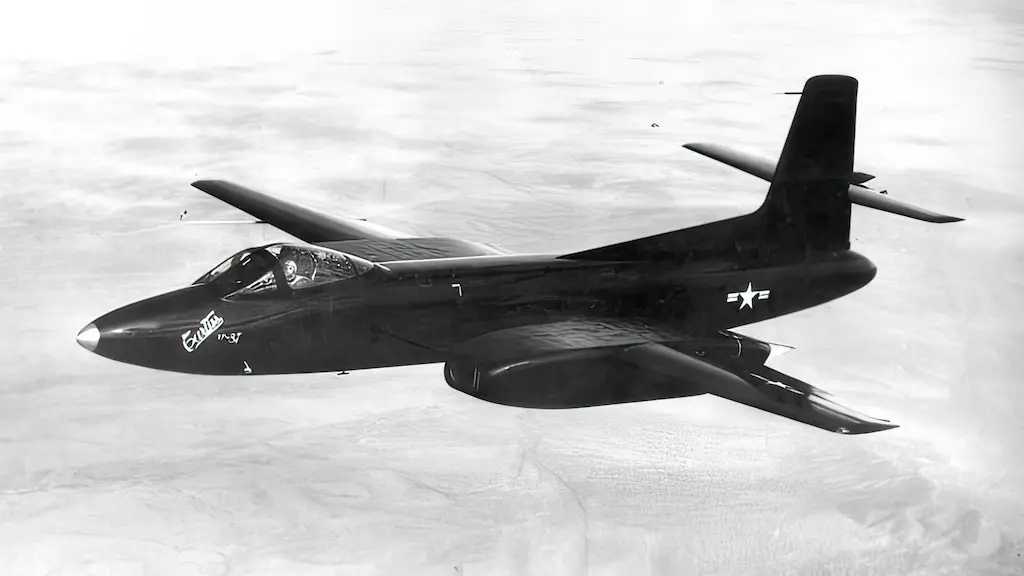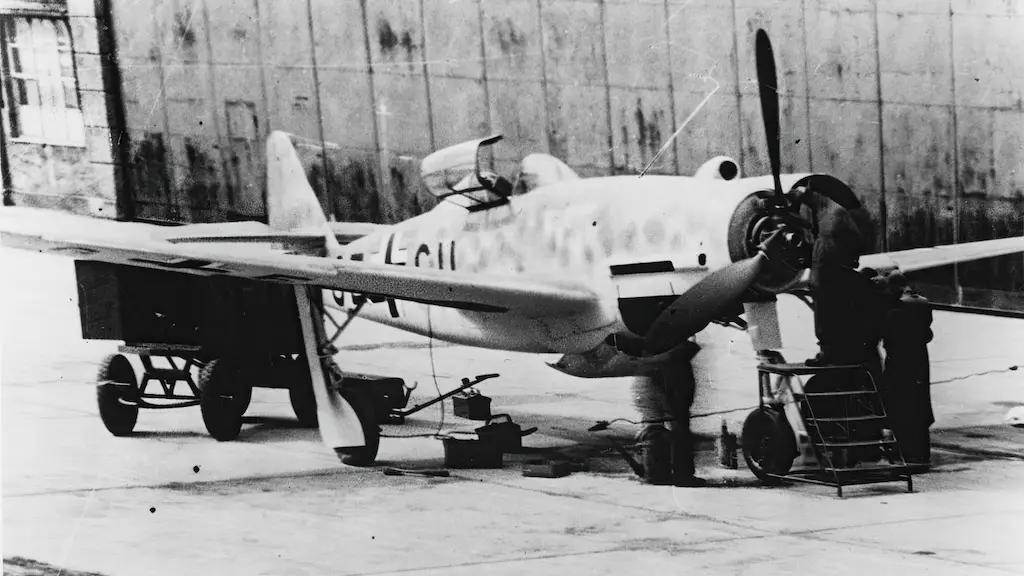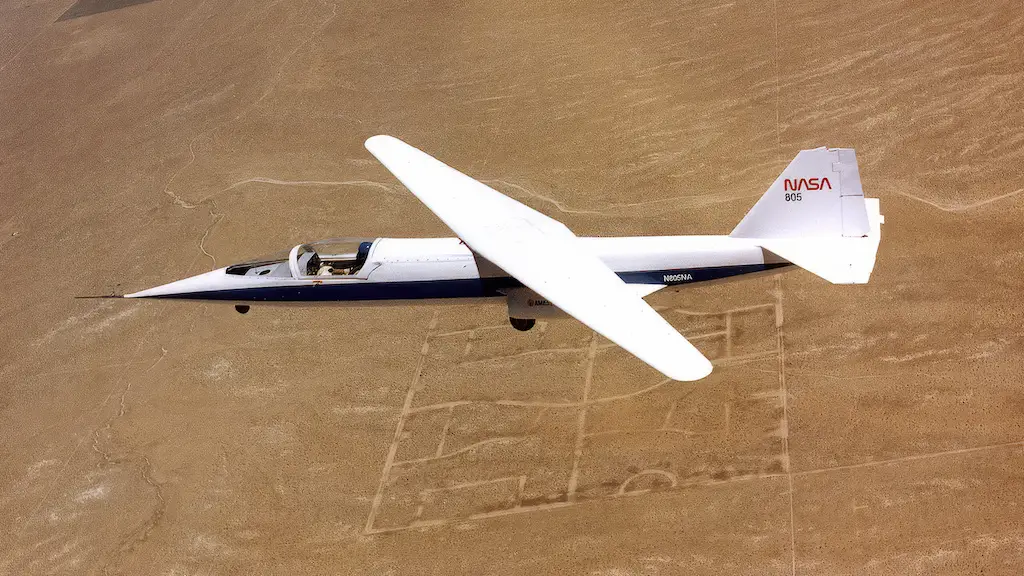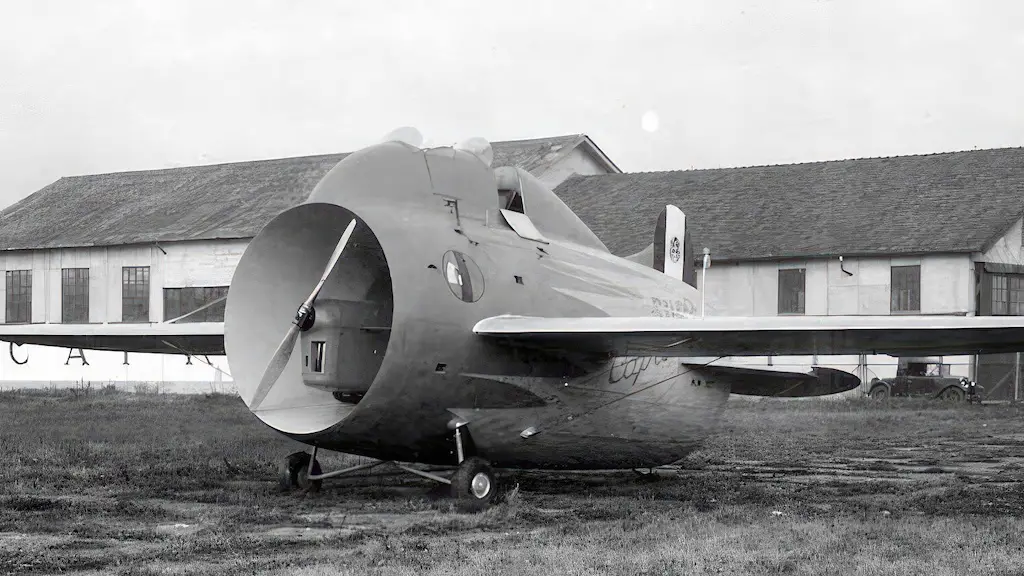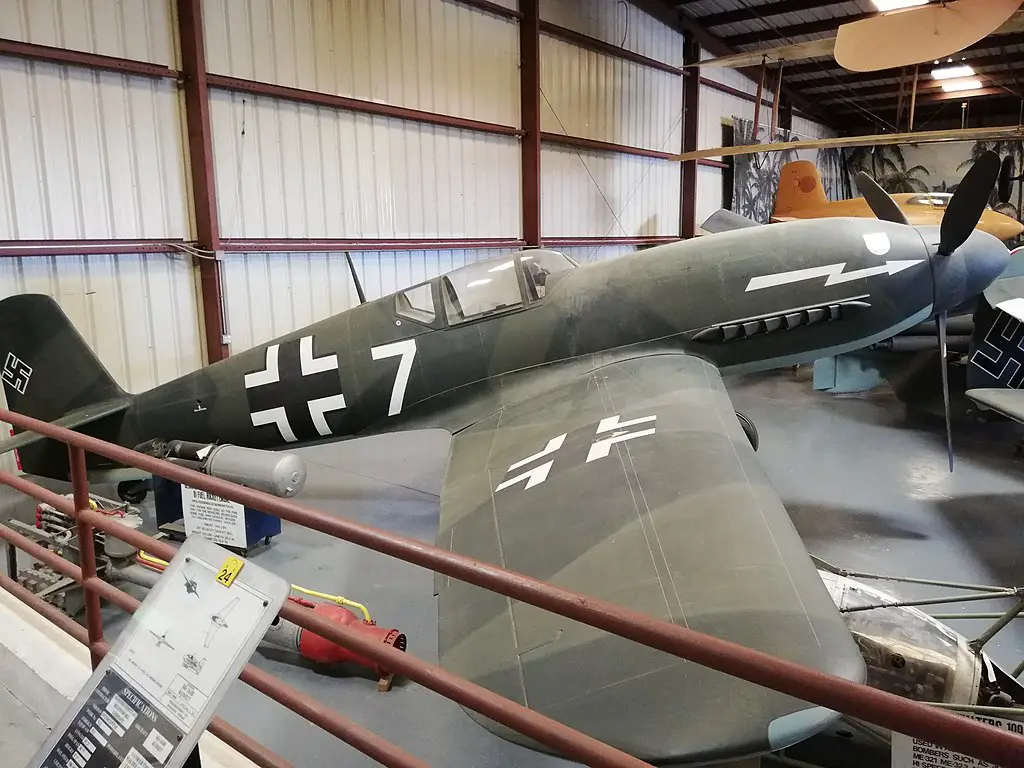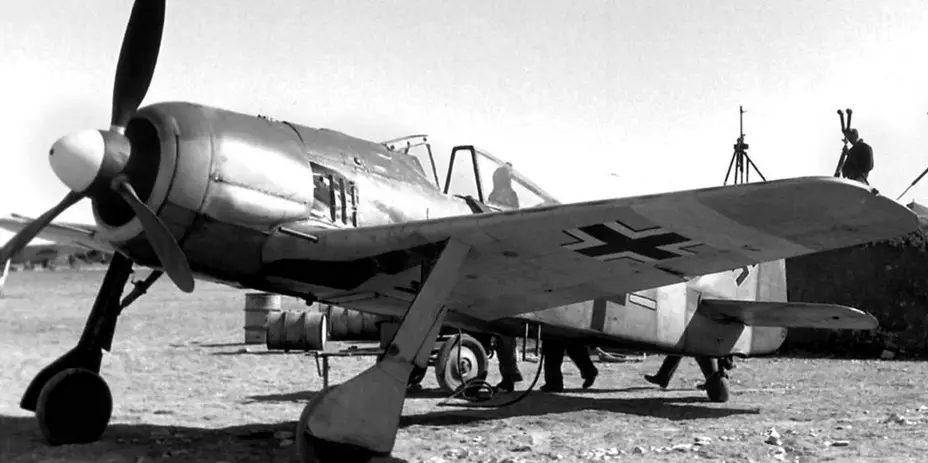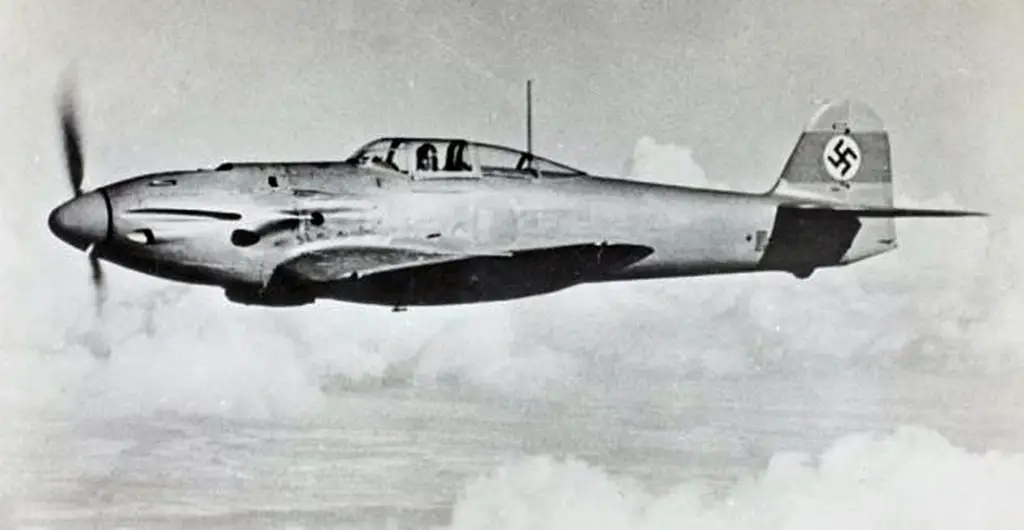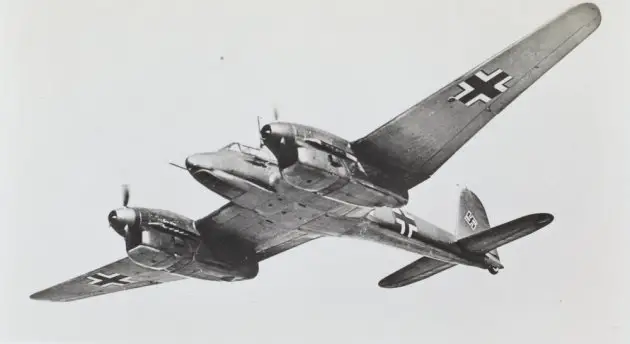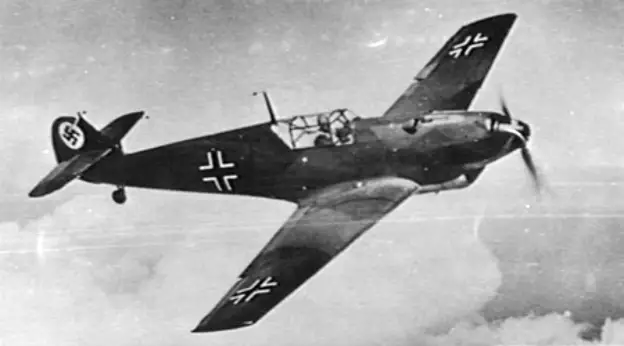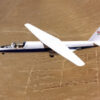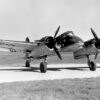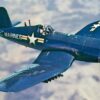Prototype
Ernst Udet flew the second prototype of a new German fighter to reach a world record speed of 394 mph over a 100 km closed circuit in 1938. The He 100 prototype, Heinkel’s answer to the Messerschmitt 109, should have been produced in large numbers.
It was a better airplane than the Focke-Wulf 190, which was also in some ways inferior, and it was available years before the 109. Moreover, its mystique is considerably increased by the fact that the reasons behind its Luftwaffe rejection are still a mystery.
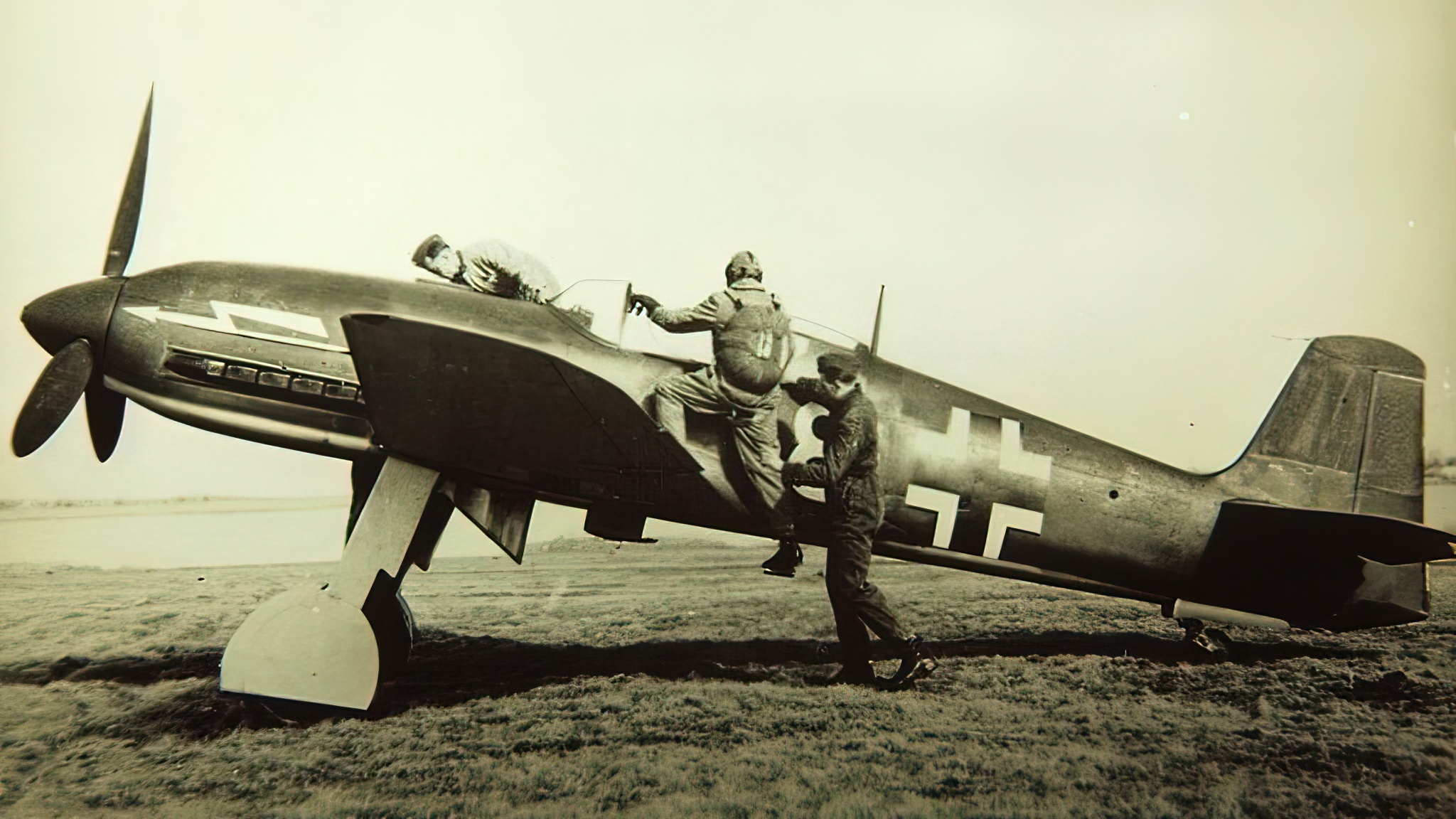
New design needed
The He 112 was Heinkel’s replacement for Messerschmitt’s all-conquering 109 in 1936. Although it was a beautiful aircraft with elliptical wings and acceptable performance, the Messerschmitt was superior and took less time to build. Although a handful was constructed for Spain and Romania, the Luftwaffe did not place a significant order for mass production.
Finally, the extraordinarily gifted Walter Günter, who designed the He 112, saw that the He 112 had reached the boundaries of its design capability and that a totally new aircraft would be needed.
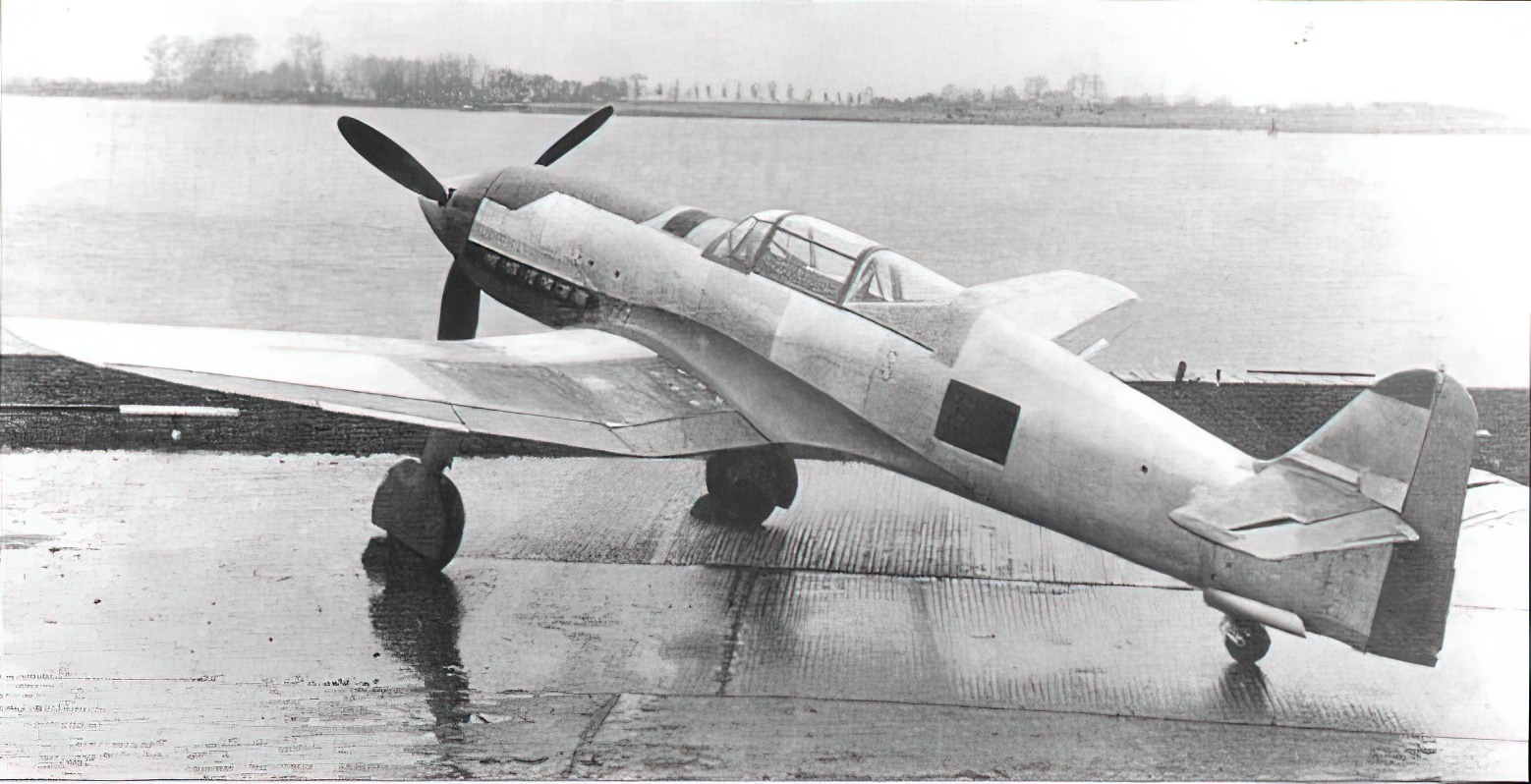
Aerodynamic
This was to be the He 113. The new aircraft was more aerodynamic than the He 112 (and the Messerschmitt), but it was also much easier to produce, with the wings alone taking 1500 fewer hours to make, thanks to excellent design. Ernst Heinkel requested that the He 113 be renamed the He 100 because he thought the number 13 would bring bad luck to his innovative new fighter. As it turned out, it appears that his superstition was justified.
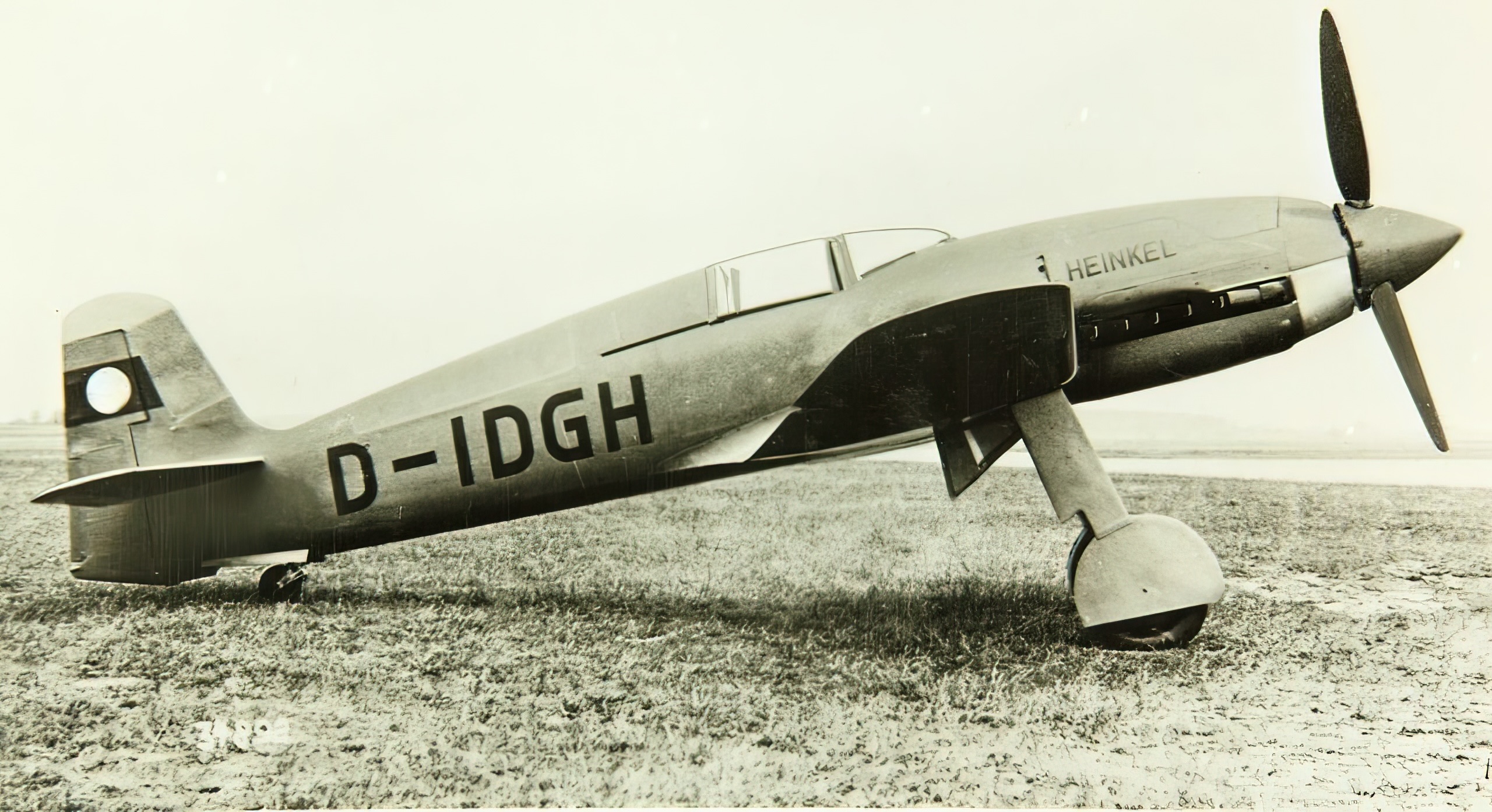
First impressions
At first, everything for the He 100 seemed promising. The prototypes’ low drag airframes also contributed to the prototypes’ outstanding range and extremely high speed. The cooling system, a highly complex evaporative cooling system that required 22 distinct electric pumps each with its own warning light in the cockpit to circulate the coolant throughout the airframe, was the only truly unfavorable aspect.
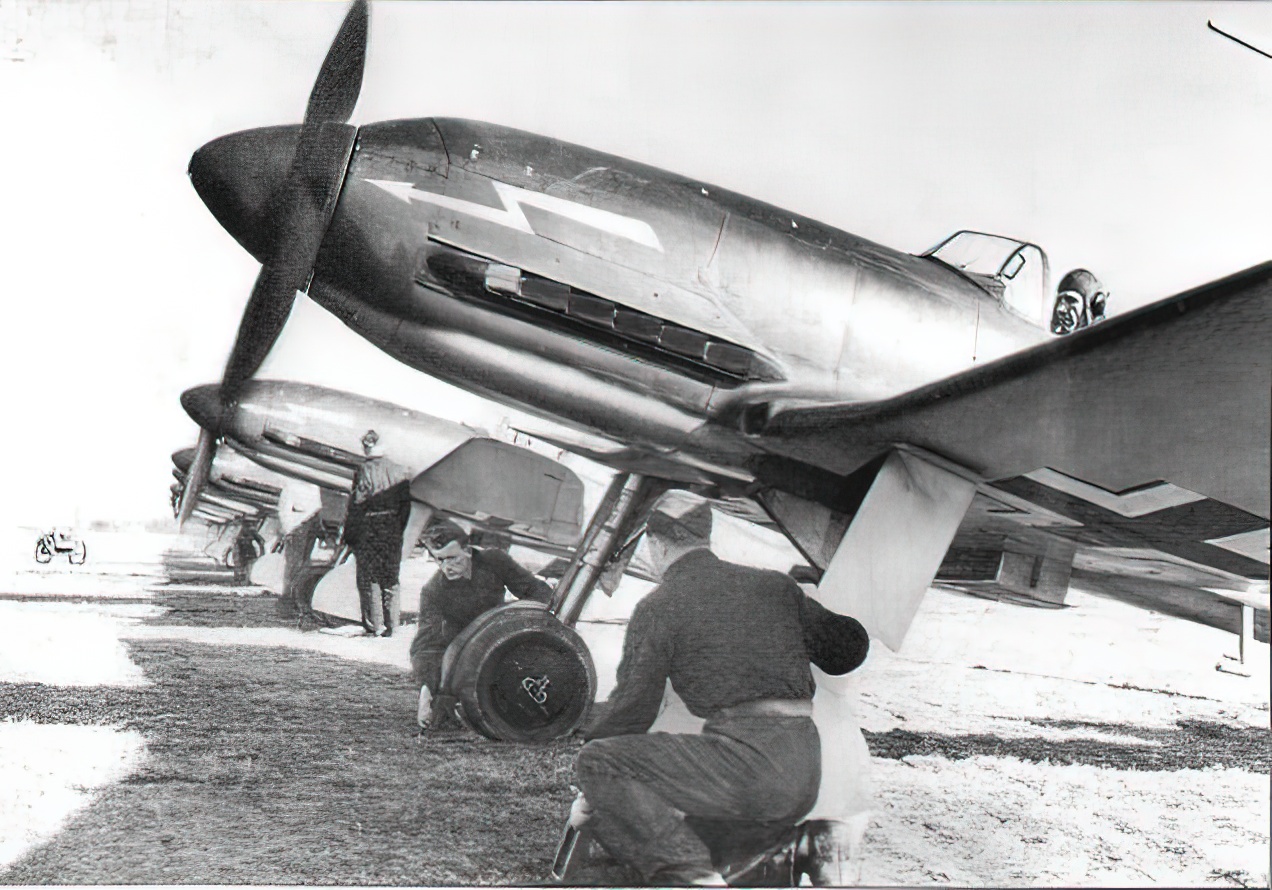
Pre production
The pre-production aircraft’s cooling technology was abandoned in favor of a conventional radiator because it was consistently faulty. Heinkel was so certain that the Luftwaffe would order the Heinkel He 100 that he tooled up and began production on his own. At this point, the Heinkel He 100 was likely the best fighter in the world and prepared for an order. Of course, the order never materialized.
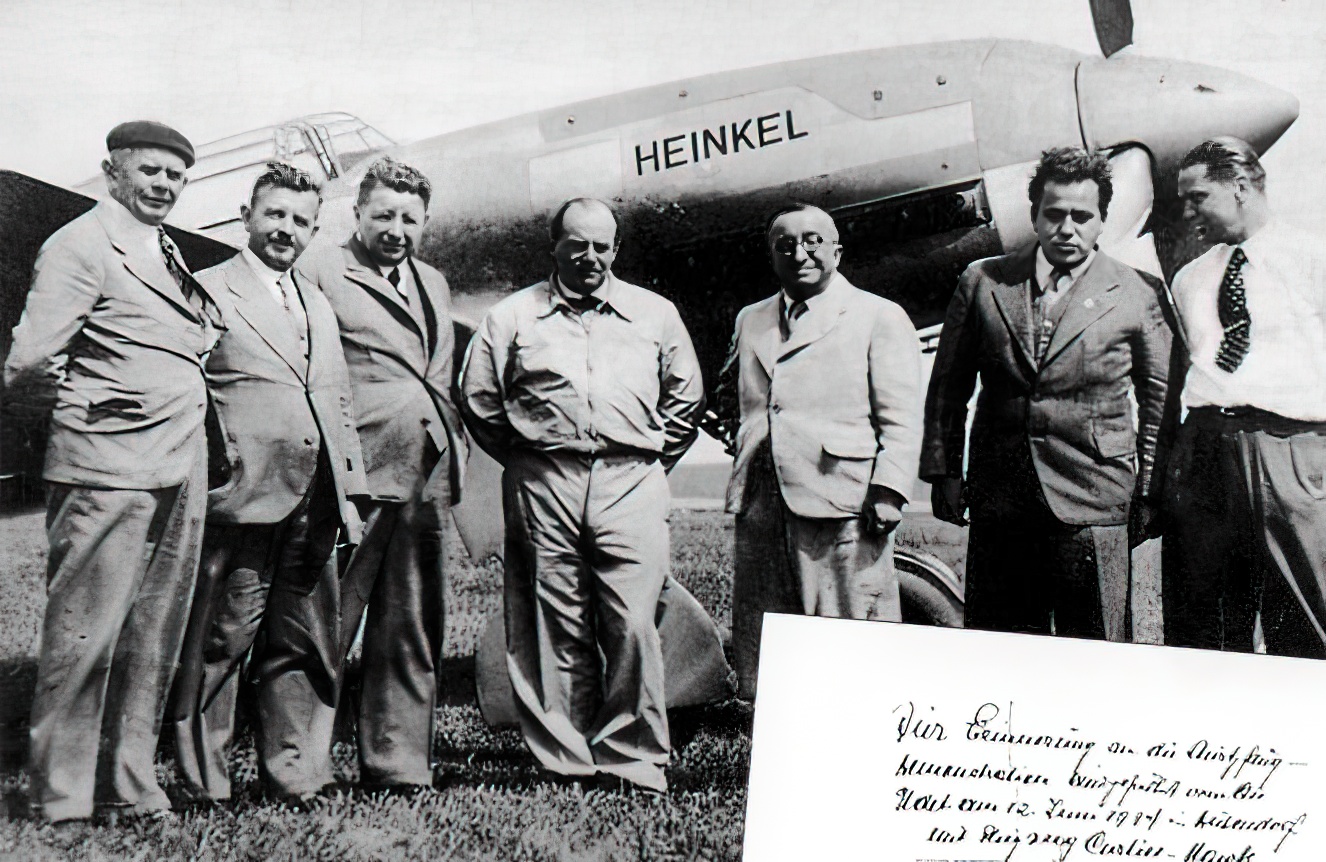
Never used
The remaining pre-production aircraft was then photographed for propaganda purposes to make it appear as though they were in full-scale service, much like the similarly promising Fw 187. Who precisely this propaganda was meant for—the German people or the Allies—is less apparent. If the latter, it was very successful; the Heinkel frequently appeared in combat reports written by British and US pilots throughout the war, despite never being used by the Luftwaffe.
Approximately 19 prototypes and pre-production examples were built. None are known to have survived the war.

